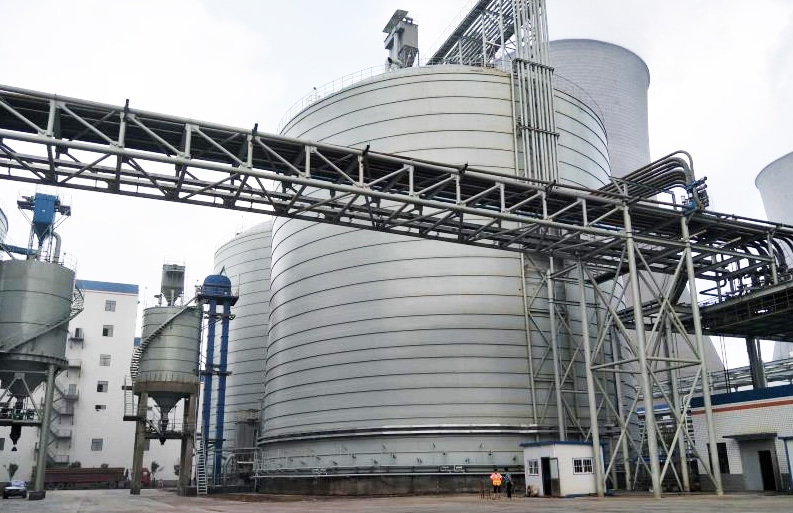Sludge is a by-product of wastewater treatment and consists of inorganic and organic matter. After leaving the clarifier, the sewage sludge is transferred to a designated tank, hence the name sludge tank. These tanks may also be called sludge thickeners, ponds, decanters, and digesters. Sludge storage tanks provide storage of biosolids and can be used as a location for further treatment or thickening prior to disposal. Mixing in sludge storage tanks provides a uniform sludge consistency, prevents sludge stratification, and ensures a uniform feed to the sludge dewatering equipment so they can continue to treat wastewater in a more efficient manner.

Reducing the volume of sludge and its toxicity to a more convenient form of disposal is the goal of various treatment processes. Stabilization, drying, thickening and dewatering are some of the basic sludge treatment methods.
Stabilization includes aerobic or anaerobic digestion. Aerobic stabilization requires an aeration tank. Anaerobic digestion produces methane and biogas (carbon dioxide). Sludge is a by-product of aerobic and anaerobic digestion. After digestion is complete, the sludge is sent to a settling tank for treatment.
Storage tanks for hazardous liquids come in a variety of shapes and sizes, depending on their application.
Sludge disposal, an important component of wastewater treatment, can also present significant challenges in the use and maintenance of sludge tanks.
- Low dewatering efficiency: In order to reduce the weight of the sludge being transported, as much water as possible needs to be removed from the sludge. Often expensive polymers are used to help settle and separate the water from the sludge. In some cases, drying equipment is also required to dry the sludge and further reduce the water content.
- Disposal costs: When sludge is ready for disposal, it is trucked away. Sludge is measured and priced by weight. The heavier the sludge, the more expensive it is to dispose of. By reducing the mass through digestion, then the cost of disposal is reduced.
- Unpleasant odors: There are many causes of bad odors in sludge, but one common one is hydrogen sulfide (H 2 S) gas. This deadly gas creates an unpleasant rotten egg smell and can pose a health and safety risk to facility operators.
- Limited capacity: Sludge tanks can only hold so much sludge before the space is exhausted. Especially when digesting and settling sludge, the process sometimes cannot keep up with the amount of sludge coming from the clarifiers. To solve this problem, facilities often increase capacity by building new infrastructure.
KUOSI offers a wide range of equipment related to sludge tanks suitable for most liquid hazardous materials, sludge, water, chemicals, fuel containment and seismic requirements. Roots fans in aeration tanks, belt filter presses for efficient dewatering, plate and frame filter presses, screw presses commonly used for municipal water, polymer dosing systems for polymer dosing, hollow paddle dryers for sludge drying, etc. Feel free to contact us for equipment quotations or total project solutions.
